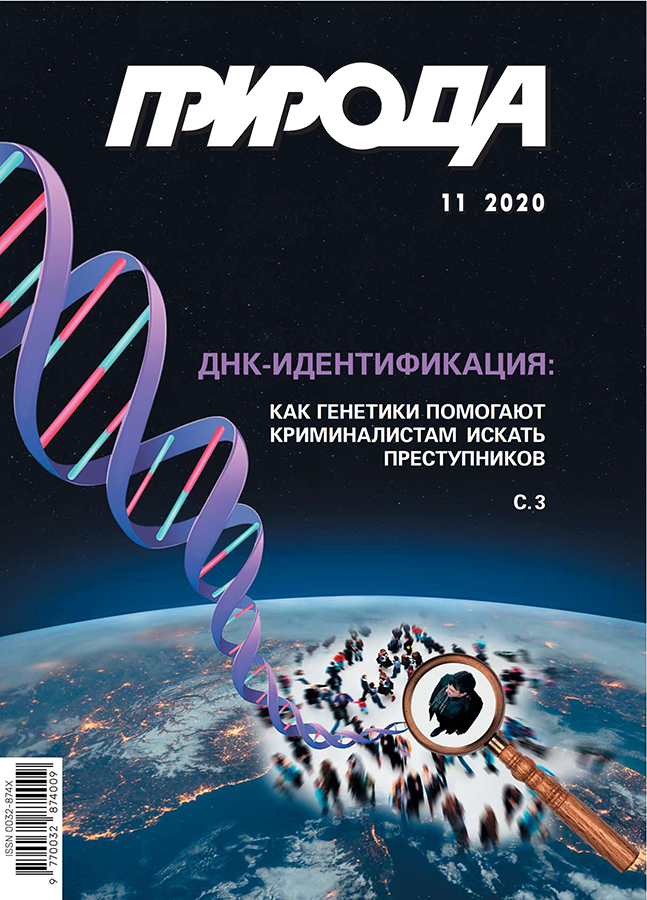Maps to Play, or Why Doesn’t Pallas’ Spadefoot Toad Go East
- 作者: Berman D.I1, Alfimov A.V1, Bulakhova N.A1,2
-
隶属关系:
- Institute of Biological Problems of the North, Far Eastern Branch of RAS
- Tomsk State University
- 期: 编号 11 (2020)
- 页面: 22-36
- 栏目: Articles
- URL: https://journals.eco-vector.com/0032-874X/article/view/631086
- DOI: https://doi.org/10.7868/S0032874X20110034
- ID: 631086
如何引用文章
详细
We revealed the reasons that prevent the Eastern European amphibian, Pallas’s spadefoot toad (Pelobates vespertinus), to move into Asia beyond the Tobol River valley. It dig itself into a burrow in the fall and thus avoids the negative wintering temperatures. There are no known meridional geographical boundaries on the eastern border of its range. The average soil temperatures for January at depths of 80, 120, 160, and 240 cm from 390 meteorological stations have been plotted on the map, as well as isotherms, to compare the outline of the P.vespertinus range borders. The depth of the soil 0°C isotherm increases from 80 cm in Europe to more than 160 cm in the southwest of Western Siberia and Kazakhstan, and the eastern border of the Pallas’s spadefoot toad range clearly coincides with it. The subsequent depth-determined increase of temperatures is small and by 240 cm approaches only 2°C, while for the Pallas’s spadefoot toad activity it is believed to be 3–4°C. The cumulative effect is expressed in the form of a “buried frontier” of this amphibian distribution. The described phenomenon can be useful as an example of the formation of habitat boundaries when conditions change not on the surface, but deep in the ground.
作者简介
D. Berman
Institute of Biological Problems of the North, Far Eastern Branch of RAS
Email: aborigen@ibpn.ru
Magadan, Russia
A. Alfimov
Institute of Biological Problems of the North, Far Eastern Branch of RASMagadan, Russia
N. Bulakhova
Institute of Biological Problems of the North, Far Eastern Branch of RAS; Tomsk State University
Email: sigma44@mail.ru
Magadan, Russia; Tomsk, Russia
参考
- Dufresnes C., Strachinis I., Tzoras E. et al. Call a spade a spade: taxonomy and distribution of Pelobates, with description of a new Balkan endemic. ZooKeys. 2019; 859: 131–158. DOI:10.3897/ zookeys.859.33634.
- Дебело П.В., Чибилёв А.А. Амфибии и рептилии Урало-Каспийского региона. Серия: Природное разнообразие Урало-Каспийского региона. Т. III. Екатеринбург, 2013.
- Равкин Ю.С., Панов В.В., Вартапетов Л.Г. и др. Особенности распределения земноводных на Западно-Сибирской равнине. Вопросы экологии и охраны позвоночных животных. Киев—Львов, 1998; 2: 49–77.
- Брем А.Э. Жизнь животных. Т.7. Пресмыкающиеся. Земноводные. СПб., 1895.
- Kowalewski L. Observations on the phenology and ecology of amphibia in the region of Czestochowa. Acta Zool. Cracov. 1974; 19(18): 391–458.
- Зарудный Н.А. Материалы для фауны амфибий и рептилий Оренбургского края. Bull. Société Impériale des Naturalistes de Moscou. Nov. Série. 1896; 9(3): 361–370.
- Искакова К. Земноводные Казахстана. Алма-Ата, 1959. [Iskakova K. Amphibians of Kazakhstan. Alma-Ata, 1959. (In Russ.).]
- Динесман Л.Г. Амфибии и рептилии юго-востока Тургайской столовой страны и Северного Приаралья. Тр. Ин-та географии АН СССР. 1953; 54: 383–422.
- Никольский А.М. Фауна России и сопредельных стран. Земноводные (Amphibia). Петроград, 1918.
- Рузский М.Д. Зоодинамика Барабинской степи. Вопросы зоологии (Труды Томского госуниверситета). 1946; 97: 17–68.
- Блинова Т.К. Земноводные северной лесостепи Зауралья. В кн. Вид и его продуктивность в ареале. Ч. 5. Вопросы герпетологии. Свердловск, 1984; 5–6.
- Berman D.I., Bulakhova N.A., Meshcheryakova E.N., Shekhovtsov S.V. Overwintering and cold tolerance in the moor frog (Rana arvalis, Anura) across its range. Canadian Journal of Zoology. 2020; 98: 705–714. doi: 10.1139/cjz-2019-0179.
- Pinder A.W., Storey K.B., Ultsch G.R. Estivation and hibernation. Feder M.E. and Burggren W.W. (eds.) Environmental Physiology of the Amphibians. Illinois, Univ. Chicago, 1992; 250–274.
- Ермохин М.В., Табачишин В.Г., Иванов Г.А., Богословский Д.С. Особенности размещения чесночницы обыкновенной (Pelobates fuscus) в почвенном профиле в начале зимовки в долине р.Медведица. Современная герпетология. 2013; 13(1/2): 22–26.
- Berman D.I., Bulakhova N.A., Meshcheryakova E.N. et al. Cold-hardiness of the spadefoot Pelobates fuscus (Pelobatidae, Anura, Amphibia). CryoLetters. 2019; 40 (5): 284–290.
- Шкадова А.К. Температурный режим почв на территории СССР. Л., 1979.
- Bulakhova N., Alfimov A., Berman D. The eastern boundary of the geographic range of the Pallas’ spadefoot Pelobates vespertinus (Anura, Amphibia) is limited by overwintering temperatures. Herpetozoa. 2020; 33: 171–175. doi: 10.3897/herpetozoa.33.e58050.
- ВНИИГМИ-МЦД, 2019 (Электронный ресурс). URL: http://meteo.ru/data/ 156-temperatue. Дата обращения 20.01.2020.
- Шульгин А.М. Климат почв и его регулирование. Л., 1972.
- Справочник по климату СССР. Ч. II, IV. Л., 1964–1968.
- Dufresnes C., Mazepa G., Jablonski D. et al. Fifteen shades of green: the evolution of Bufotes toads revisited. Mol. Phylogenet. Evol. 2019; 141: 106615. doi: 10.1016/j.ympev.2019.106615.
- Кузьмин С.Л. Земноводные бывшего СССР. М., 2012.
- Варшавский С.Н., Крылова К.Т., Шилова М.Н., Камнев П.И. Об особенностях распространения и численности зеленой жабы в субаридных и аридных ландшафтах. Вопросы герпетологии: Матер. VI Всесоюз. Герпетол. Конф.). 1985; 41–42.
- Алисов Б.П. Климат СССР. М., 1956.
- Копанев И.Д. Снежный покров на территории СССР. Л., 1978.
- Атлас Казахской ССР. М., 1988.
- Пономарев М.Д. Климатический очерк Иргиз-Тургайского района. Ташкент, 1930.
补充文件








